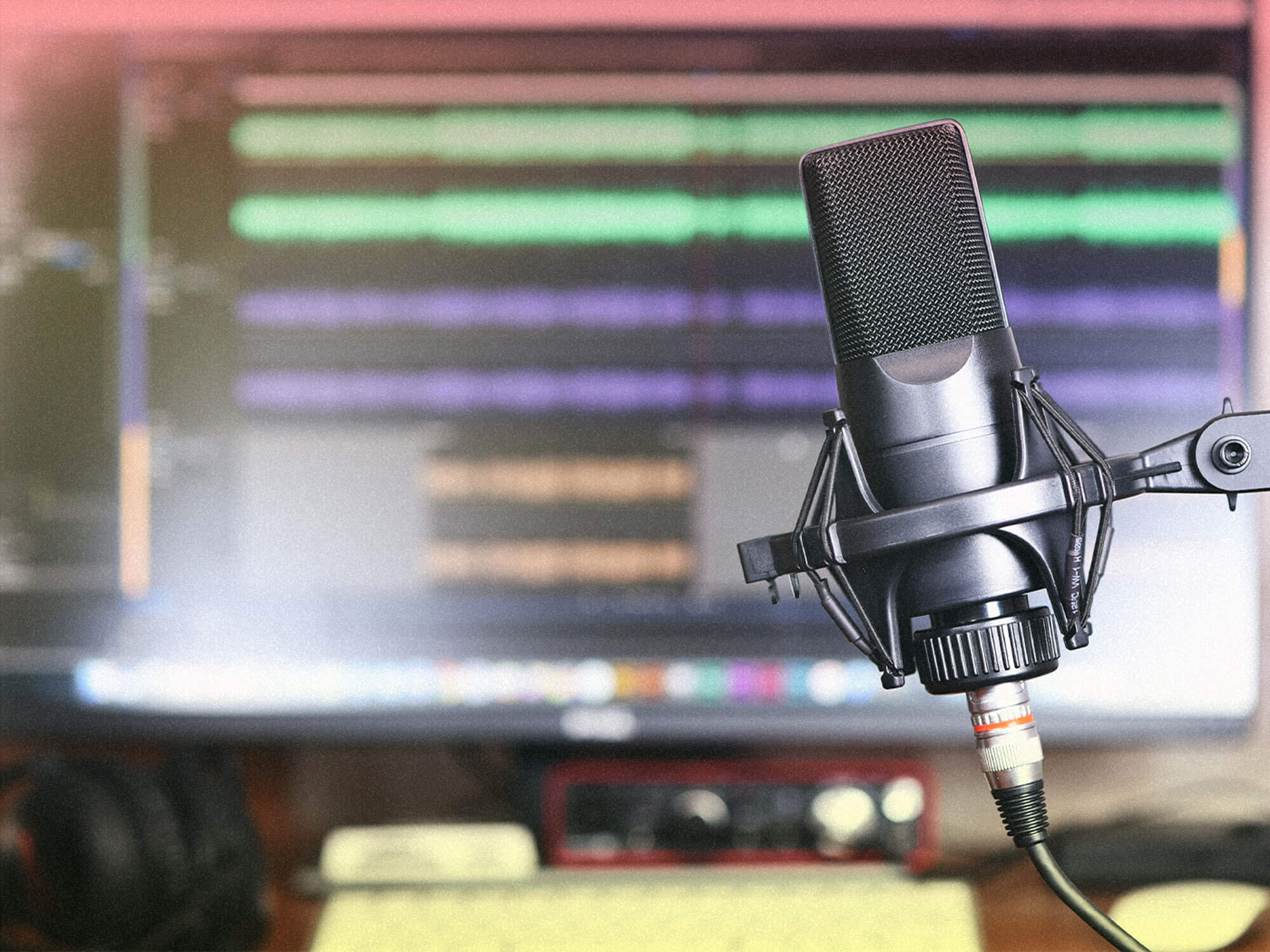
Beginner’s Guide: How to set up a podcast studio for $500
Podcasting is more popular than ever and it’s never been easier to get into the world of online broadcasting. Here’s how to do it on a budget.
The core skills involved in making a podcast have remained much the same since before the medium became commonplace with the release of Apple’s Podcast app in 2012. The technology around it, however, has evolved significantly.
Creating a podcast is similar to crafting a radio show, only with the luxury of pre-recording and editing. You’ll of course need a subject – that part is up to you to decide – but it’s perfectly possible to set up a professional-sounding podcast studio from scratch for a reasonable sum. Don’t be afraid of the term ‘studio’; today’s tech means that, with the right kit, a spare room can be just as good as a pro space.
What will you need?
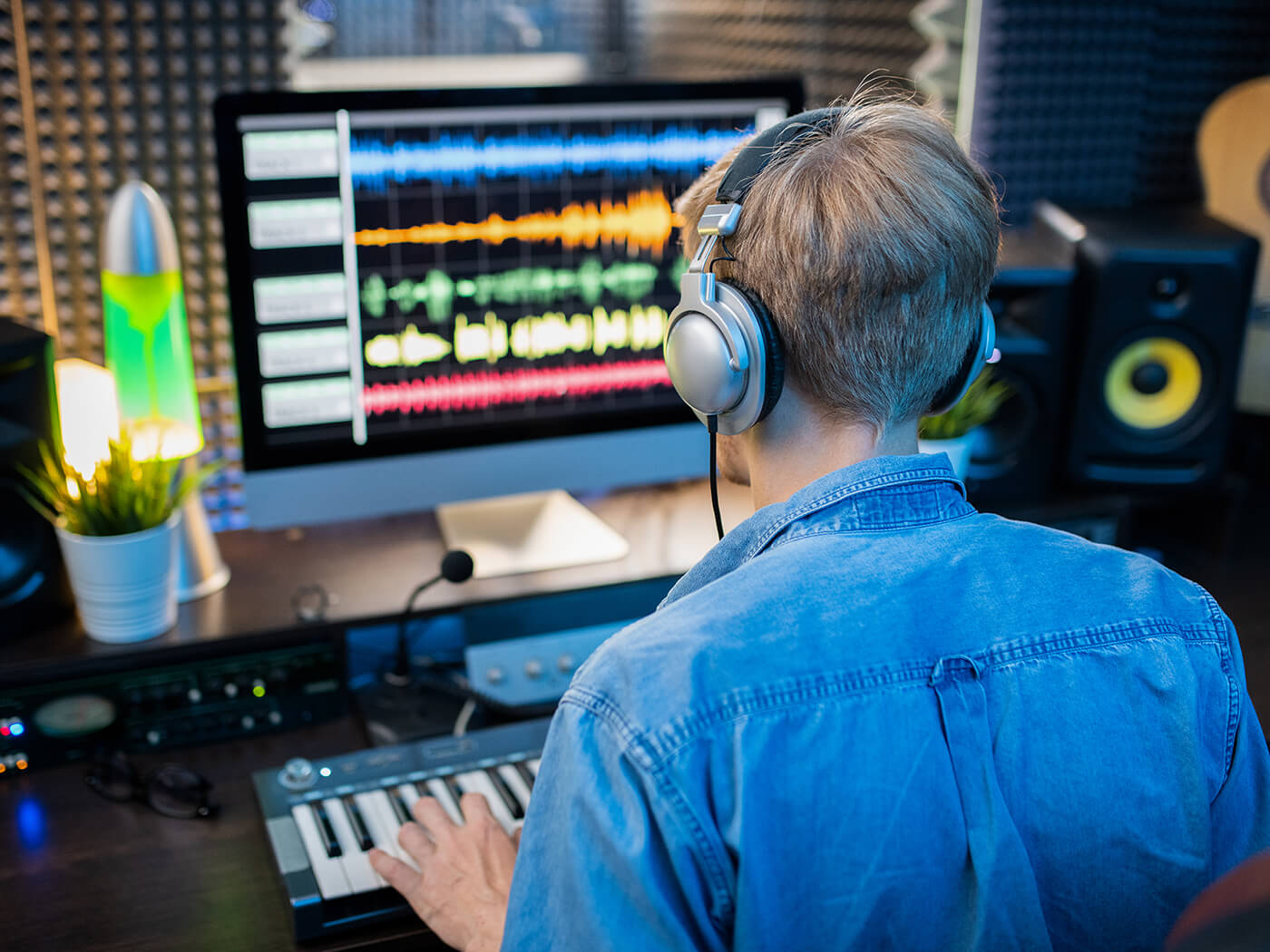
If you already have a music-making setup, you may be 90 per cent of the way there already, and you’ll be publishing the next Serial in no time. But even if you don’t, the devices you do own – laptop, smartphone, headphones – can provide the foundation for your true-crime empire.
First, you’ll need a device on which to record and edit. That can be a computer, smartphone or tablet. Unlike a lot of music production, making podcasts isn’t overly taxing on your hardware, so you won’t necessarily need the latest and greatest machine. Mid-range models with decent specs should suffice.
You’ll also need a microphone – the heart of your recording setup – and software to record into, and mix and edit in.
A decent pair of headphones is a must too, and if you plan on recording more than a couple of microphones at once, you’ll need an audio interface or a mixer. You might want to invest in some plug-ins beyond those that your recording software already has to help sweeten and balance your final mix. Music beds can underscore your chatter and help glue the whole thing together too. Let’s break these components down and provide some examples.
Recording hardware
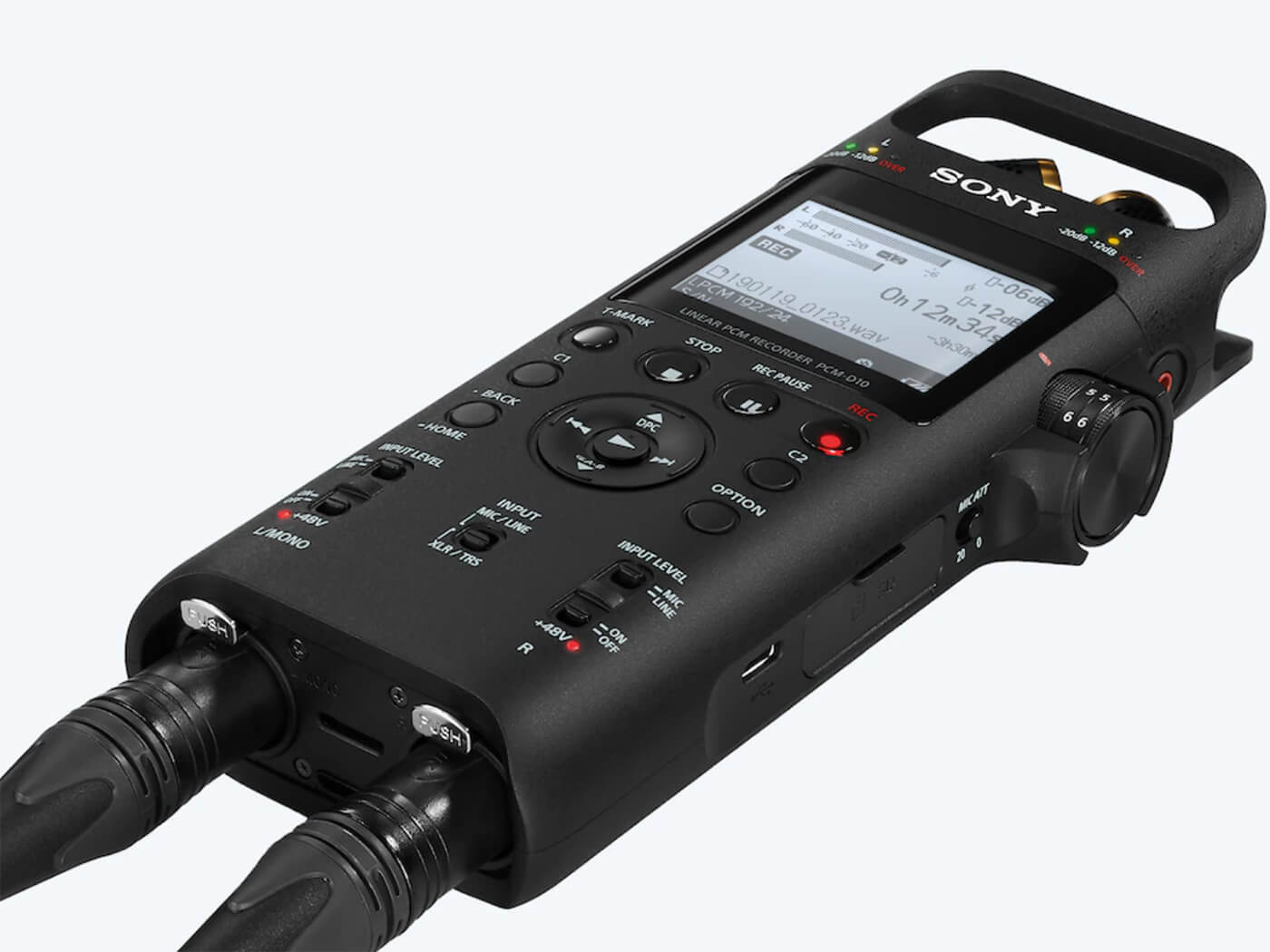
It’s possible to record to a multi-track handheld device like those made by Zoom but we recommend the simpler route of recording to a computer or tablet. Mid-range or better models from the past seven years or so should be sufficient, with the exception of Chromebooks, which generally aren’t as well suited to audio production as Mac or Windows machines.
Things to look for in a Mac or PC include fast USB-USB2 or USB-C, to connect a mic or audio interface, as well as a decent processor and support for the latest operating system, plus your software of choice.
Most recent devices should be up to the job, so when we talk about setting up a podcast studio for $500 or less, using the computer, tablet or smartphone you already own will save you a lot of cash. The near-universal move to USB for audio recording means that sound cards aren’t the must-have that they once were.
Apple’s laptops aren’t cheap, starting at £999 for the base M1 MacBook Air. The powerful Mac Mini starts at £699, though you’ll need to add a monitor, mouse and keyboard to that. The entry-level iPad is £319 and would do a fine job paired with GarageBand or another app.
Bear in mind that iPads, iPhones and other portables have a single port, so if you want to add several mics or headphone outputs you might need to budget for an expansion hub.
Windows laptops start from a lower price point but it’s worth aiming for at least a mid-range model to ensure you’re going to have a decent experience.
Microphones and audio interfaces
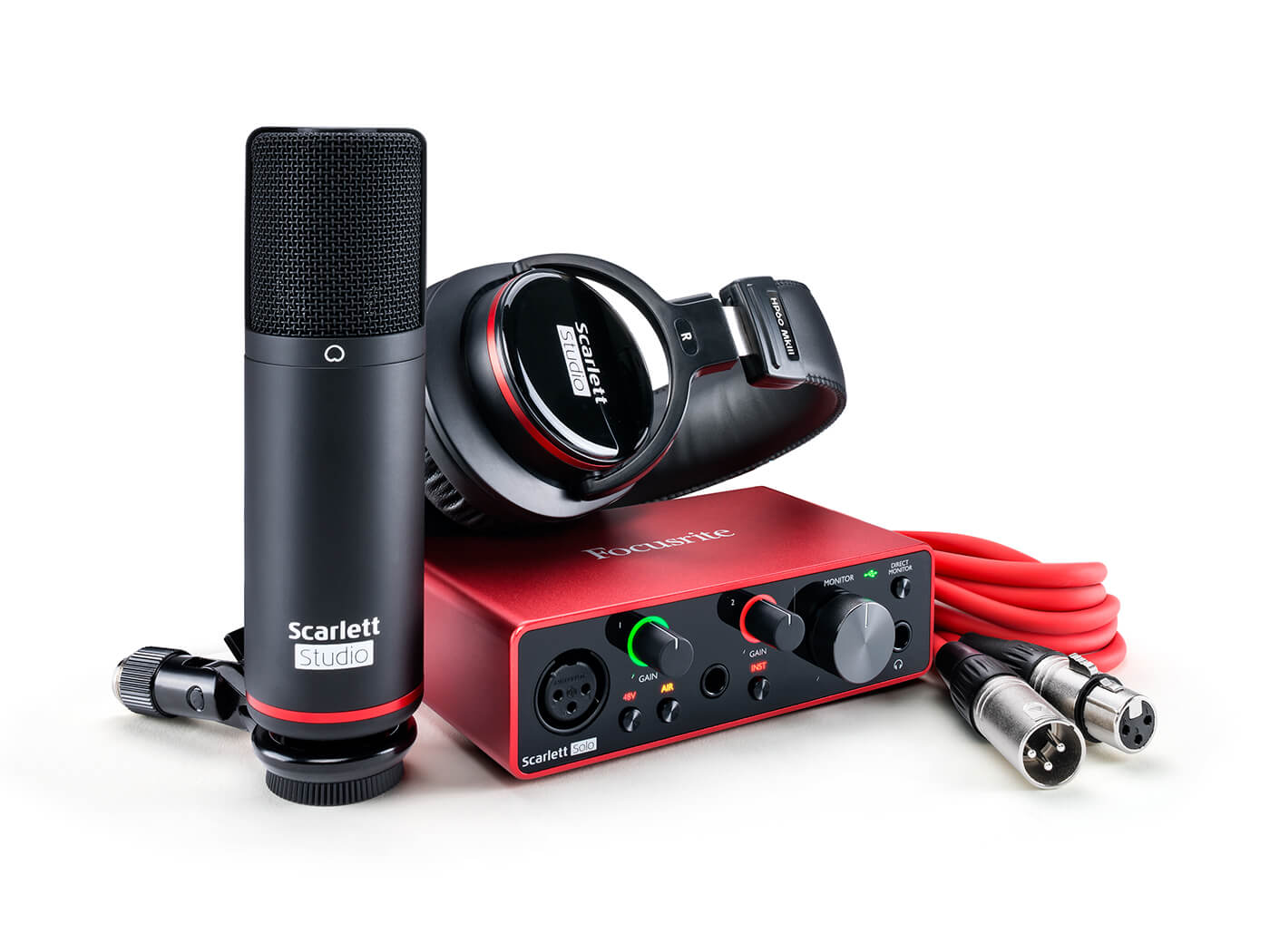
Microphones fall into two camps based on their connectivity: USB and XLR. USB microphones connect and power directly from your computer or (in most cases) tablet. Most have a built-in headphone output so you can hear playback while recording your voice, making them a great solution for solo recording. Some USB mics have switchable polar patterns, which means they can be set to record only your voice or audio from all around the mic, useful for recording more than one person.
If you need to record more than one microphone, go with an XLR or “studio” mic. While it’s possible to use more than one USB mic with a computer, it involves some workarounds. XLR mics mean going via an audio interface, though these can cost as little as £50 for a two-channel USB model, and give you added control over levels.
Check out our guide to the best mics for podcasting here, and our guide to affordable audio interfaces here. For our My Forever Studio podcast, we use an Audient EVO 4 and a RØDE PodMic.
Small USB mixing desks are also available starting at about £100 should you need to use more than a couple of XLR mics at once or connect additional sources such as CD players or smartphones.
Software
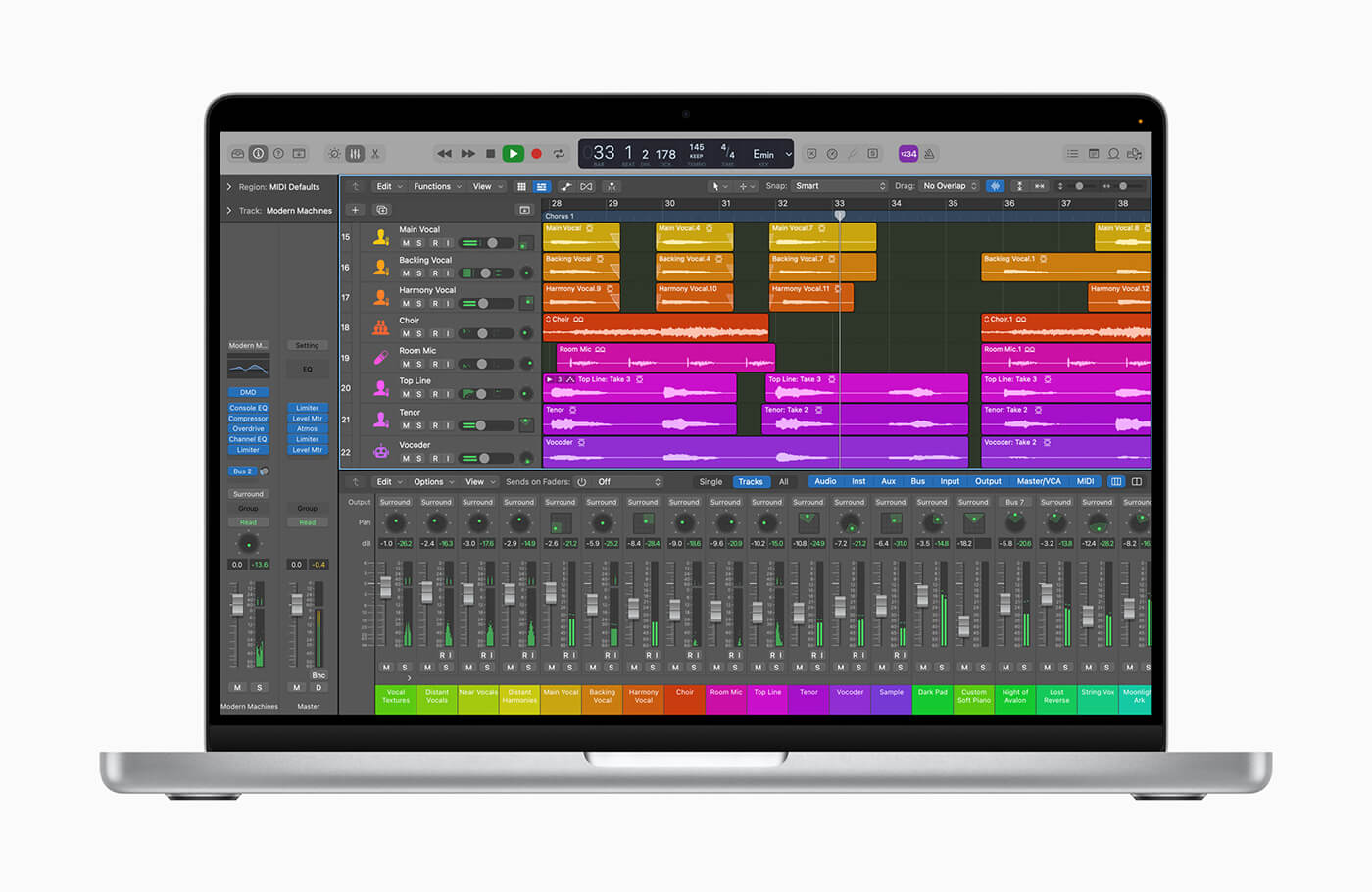
Any software that can record and edit multi-track audio can help you make a podcast, including DAWs such as Logic Pro, Ableton Live or Cubase. Steinberg makes Wavelab Cast (£60), one of the most powerful podcast-focused desktop software packages around. Audacity is a multiplatform recording app that’s basic but free, and GarageBand for Mac and iOS is free and sports special presets to get you started making your podcast.
- READ MORE: Best Freeware DAWs
Android users can check out Spreaker Studio for free. Mac or iOS users might consider Podcast Studio, a complete solution for recording and publishing podcasts. Adobe’s Audition is a very powerful multi-tracker, though it’s a little pricey at £20/month.
Headphones
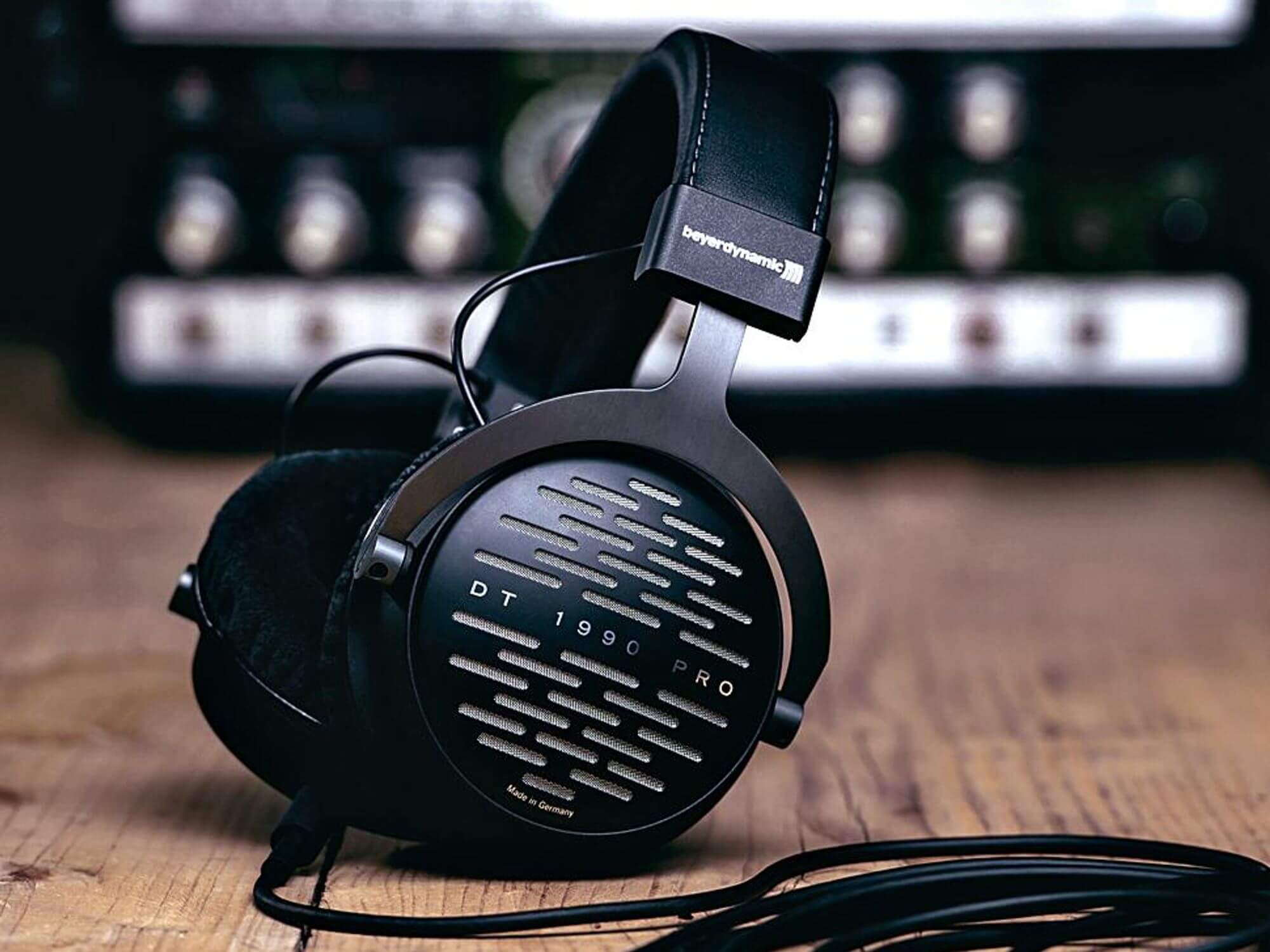
A decent pair of headphones should be both comfortable for long sessions and accurate for creating your final mix. You should stick with wired models rather than Bluetooth, to avoid latency problems, but you needn’t spend a fortune here. Check out our guide to some of the best headphones currently on the market.
Extras
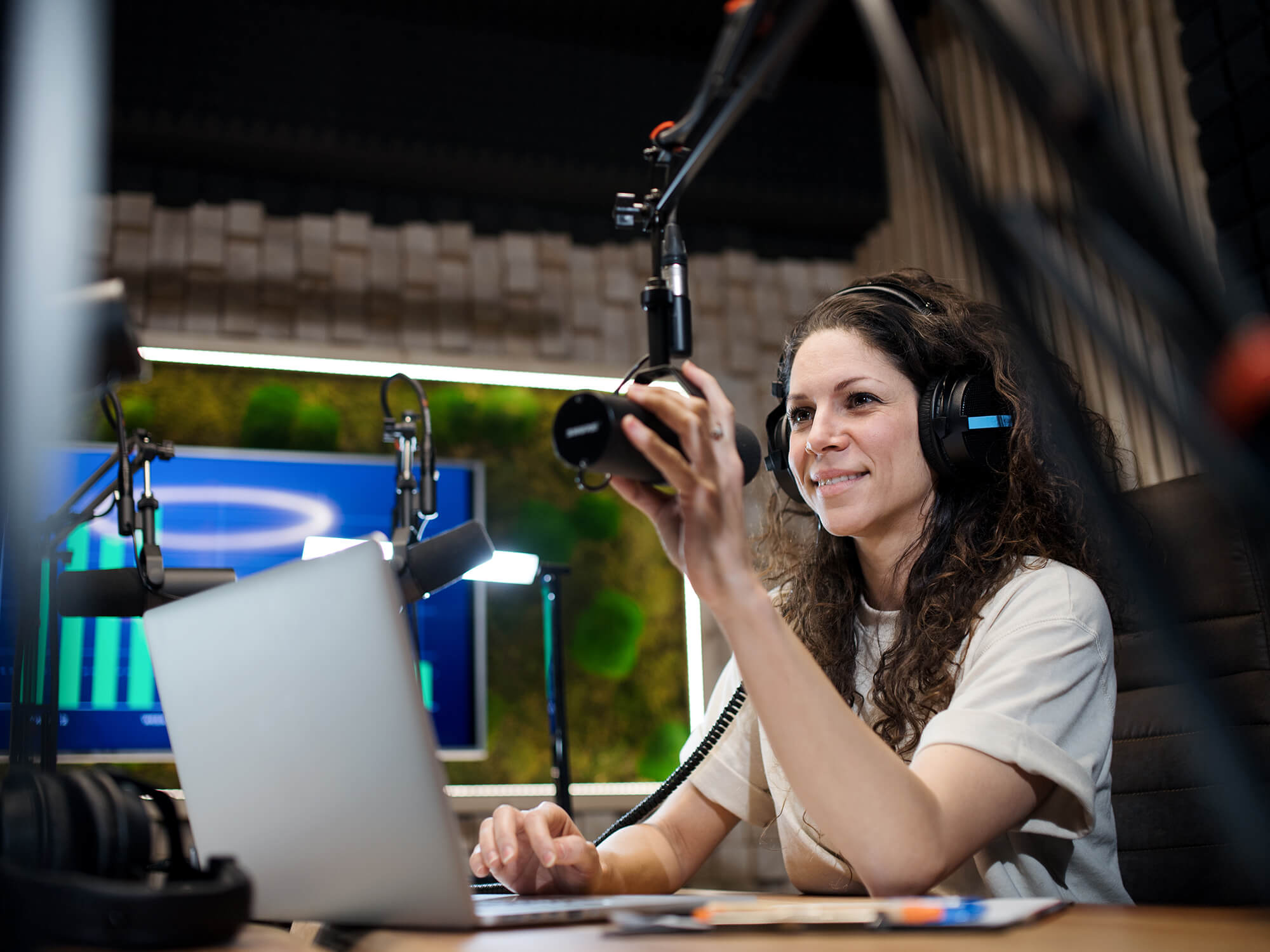
Monitor speakers can be helpful for mixing, though they can’t be used during recording with microphones due to feedback, making them a luxury rather than an essential. Some mics have an integrated popshield to help prevent plosives from ruining your recordings. If yours doesn’t, you can add an external one for about £20 or even make your own.
Your recording software should come with some plug-ins and tools for mixing and sweetening your voice tracks. Typically, you’ll be using compression, gating and EQ. You’re free to add any third-party plug-ins. But for podcasting, we recommend iZotope’s dedicated voice-processing suite Nectar. It comes in several versions but the Elements package costs as little as $20 when on sale.
Consider collecting some royalty-free music tracks to underscore intros, outros and transitions, too. Unless, of course, you want to create your own from scratch. They can be purchased inexpensively from a variety of websites. Remember: you can’t use copyrighted music without permission.
There’s also the possibility of recording video content, perhaps using your smartphone or a cheap digital camera to take things more into the realm of vlogging.
Wrap up
Creating a podcast is easy: take a captivating concept, add some smart hardware and software, apply some editing skills, then publish to your platform of choice. We’ll be exploring more podcast creation techniques in the future, including recording setups, editing and mixing. Stay tuned.